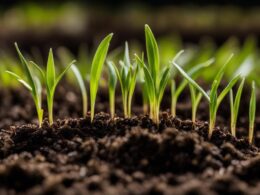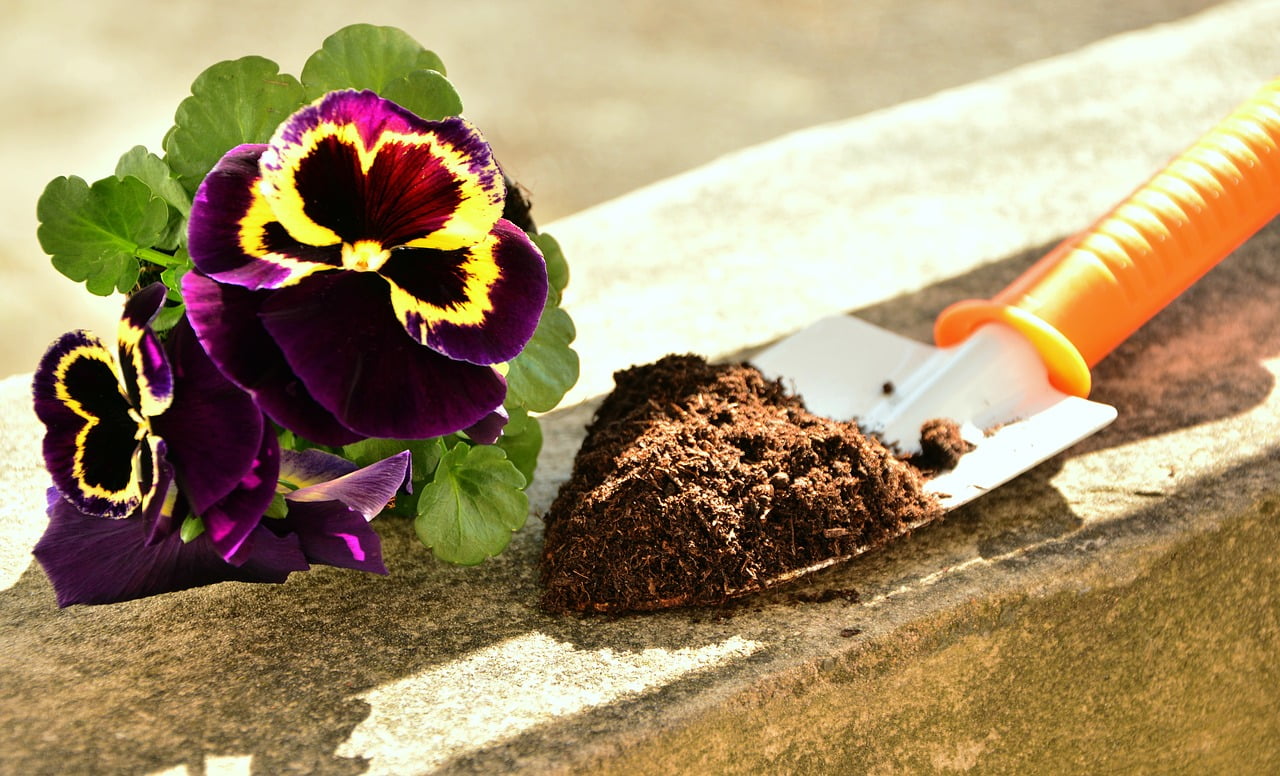Are you planning to transfer your indoor plants outside but don’t know where to start? Don’t worry, we’ve got you covered! Transferring your plants from indoors to outdoors requires careful planning and attention to detail to ensure your plants thrive in their new environment.
In this article, we will provide you with tips and insights on how to successfully transfer your indoor plants outside.
First, you need to prepare for the transplant. This means gathering the necessary supplies such as pots, soil, fertilizer, and gardening tools. You also need to consider the time of year and weather conditions as they can greatly affect the success of your transplant.
Once you have all the supplies and information you need, it’s time to start the transferring process. With our step-by-step guide, you’ll be able to transfer your plants with ease and confidence. And don’t worry, we will also provide you with post-transplant care tips to ensure your plants continue to thrive in their new outdoor environment.
So, let’s get started!
Quick Takeaways
- Proper preparation is crucial for successfully transferring indoor plants outdoors.
- Choose appropriate containers and adjust watering techniques to help plants adjust to lower humidity outdoors.
- Gradually expose plants to natural light during the hardening off process.
- Post-transplant care includes monitoring soil moisture and nutrient needs, avoiding overwatering, and watching for signs of pest infestations.
Preparing for Transplant
Before you transfer your indoor plants outdoors, it’s important to prepare them for the transition. Start by monitoring soil temperatures using a thermometer to ensure that the ground is warm enough for your plants.
For cool-season plants, the soil temperature should be at least 40°F, while warm-season plants require a temperature of at least 60°F. Once the soil is warm enough, you can begin the hardening off process by gradually increasing outdoor time over the course of 1-2 weeks. This will help your plants adjust to the new environment and prevent shock.
When preparing for transplant, it’s also important to choose the right containers for your plants. Make sure that the containers are large enough to accommodate the root system and have adequate drainage holes.
Additionally, you should adjust your watering techniques in the weeks leading up to transplant. Reduce watering to allow the soil to dry out slightly, as this will help your plants adjust to the lower humidity outdoors.
By taking these steps, you can ensure a successful transfer from indoor to outdoor growing.
Can I transfer my indoor plants to an outdoor garden using the principles of herb harmony?
Transferring indoor plants to an outdoor garden while applying the principles of herb harmony can lead to successful garden pairings. By ensuring that the plants share similar sunlight, water, and soil requirements, you can create a balanced ecosystem. Consider factors like temperature, plant height, and maintenance needs to promote a harmonious integration. With careful planning, your indoor plants can thrive and complement the existing outdoor garden, enhancing its overall appeal.
Transferring Process
To successfully transfer your plants, gradually increase their time spent in natural light over the course of a week or more. This is called the ‘hardening off’ process and is crucial for the health and survival of your plants.
As you monitor the temperature of the soil using a thermometer, follow these steps:
-
For the first three days, bring your plants outside for a couple of hours in the shade. This will help them acclimate to the outdoor temperature and light.
-
Over the next four to seven days, gradually increase their outdoor time, still keeping them in the shade. This will help them get used to the direct sunlight.
-
Move full-sun plants gradually into the light. If you have shade-loving plants, keep them in the shade as they can get sunburned.
-
After several nights outside, your plants should be ready for transplant. Keep monitoring the temperature and sunlight exposure to ensure their success.
Remember, the hardening off process takes time and patience. It’s important not to rush the process and to always monitor the temperature and sunlight exposure. By following these steps, you can ensure a smooth transition for your plants from indoor to outdoor life.
Post-Transplant Care
After transplanting your plants, it’s important to monitor their soil moisture and nutrient needs. This will help ensure they’re getting the proper amount of water and nutrients to promote healthy growth. Consider using a seaweed-based fertilizer, which can provide essential micronutrients and improve soil quality.
Additionally, make sure to keep an eye out for any signs of pest infestations and take action immediately if necessary. In terms of soil management, it’s important to maintain proper drainage and avoid overwatering. This can lead to root rot and other issues, so regularly check the soil moisture level and adjust watering frequency as needed.
When it comes to pest control, there are a number of natural remedies and preventative measures you can take to protect your plants. These include using companion planting, introducing beneficial insects, and using homemade insecticidal sprays. By taking these steps, you can help ensure that your plants thrive in their new outdoor environment.
Frequently Asked Questions
What are the best types of plants to start indoors and transfer outdoors?
The best plants for indoor outdoor transfer are tomatoes, peppers, and herbs like basil. Tips for successful plant transfer include reducing watering, hardening off gradually, and monitoring soil moisture and nutrient needs.
How do you prevent pests and diseases from affecting plants during the transfer process?
To prevent pests and diseases during plant transfers, inspect plants before bringing them outside. Proper soil preparation ensures healthy plants. Use organic pest control methods, such as neem oil, and rotate crops to prevent disease buildup.
Can plants be transferred directly from indoors to full sunlight, or is a gradual transition necessary?
To ensure the best chance of survival, a gradual transition is necessary for plants moving from indoors to full sunlight. This acclimation process allows them to adjust to the new environment and avoid stress or damage.
What are some common mistakes to avoid when transplanting plants outdoors?
When transplanting plants outdoors, common mistakes include improper timing and not hardening off the plants. Wait until soil temperatures are appropriate and gradually introduce plants to the outdoors. Monitor for distress and care for accordingly.
How can you tell if a plant is not adapting well to its new outdoor environment?
To tell if a plant isn’t adapting well to its new environment, look for signs of stress like wilting or yellowing leaves. Adjust watering schedule accordingly and monitor for improvement.









